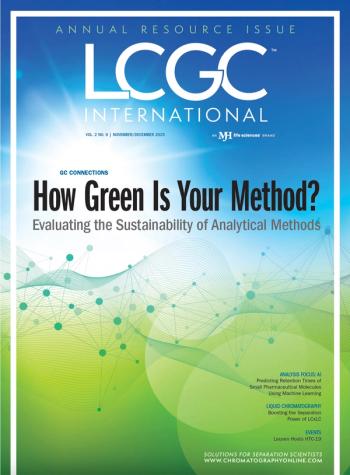
Peptide research collaboration
A collaborative research agreement has been announced between Biotage and the Laboratory of Peptide and Protein Chemistry and Biology in Florence, Italy.
A collaborative research agreement has been announced between Biotage and the Laboratory of Peptide and Protein Chemistry and Biology (PeptLab) in Florence, Italy. The peptide research facility, led by Professor Anna Maria Papini, will contribute technical input towards the future development of Biotage related products as well as provide training facilities for demonstrating the company’s range of peptide synthesis, purification and resin products.
“Biotage is very fortunate to have the opportunity to collaborate with Professor Papini and the PeptLab team,” said Torben Jörgensen, president and CEO of Biotage. “We are all very excited by the opportunity to work with this prestigious group and are looking forward to our collaboration across a wide range of activities.”
PeptLab is an interdepartmental structure of the University of Florence, created to organize a European Innovation Network to introduce a “Quality Approach” for R&D activities in academic laboratories and SMEs, providing Good Practice Guidance, initially in the field of peptide-based diagnostics.
Professor Papini remarked, “It is evident that the cooperation with Biotage fits perfectly with our goals both within PeptLab itself and the wider framework of the European Innovation Network. It is for this reason that we decided to invest in the Biotage Syro II and Syro Wave parallel peptide synthesizers for our SOSCO Laboratory in Cergy-Pontiose.”
For more information on PeptLab, visit
Newsletter
Join the global community of analytical scientists who trust LCGC for insights on the latest techniques, trends, and expert solutions in chromatography.



